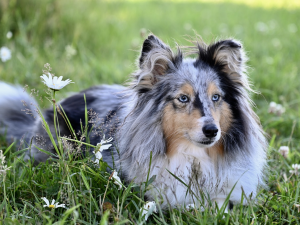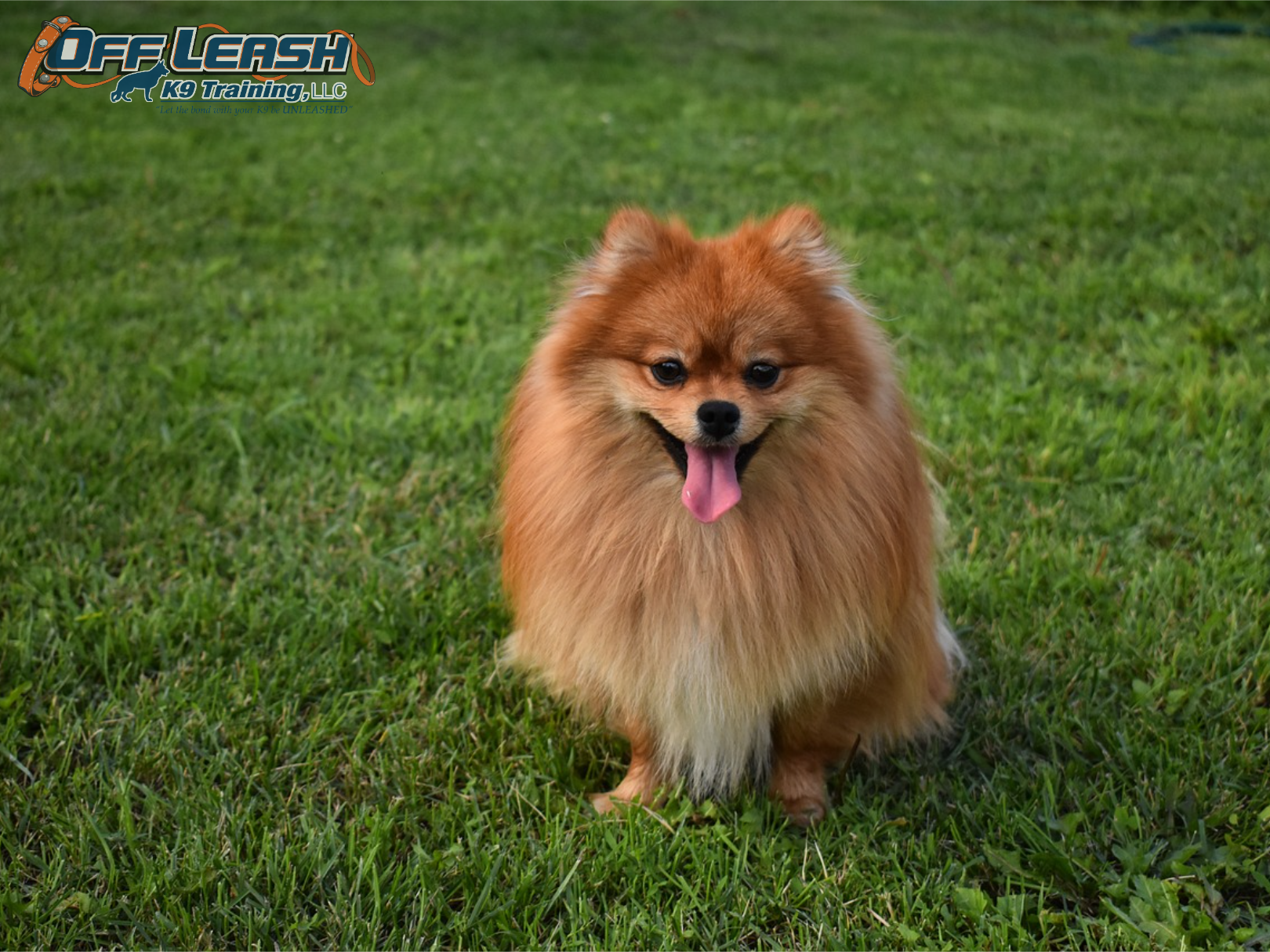Learn the basics of DIY dog grooming, from essential tools and preparing your dog for grooming to specific techniques for different coat types, and discover when its best to seek professional help, all to create a positive grooming experience for you and your furry friend.
Introduction to DIY Dog Grooming
Embracing DIY dog grooming at home offers a myriad of benefits beyond just financial savings. It opens up an invaluable opportunity to strengthen the bond between you and your beloved pet. By taking a hands-on approach to your dog’s grooming needs, you’re not only ensuring they maintain a healthy and clean appearance, but you’re also creating a series of positive, trust-building experiences. This approach turns grooming sessions into enjoyable activities for both you and your furry companion, rather than a tedious chore. It’s about more than just aesthetics; it’s about nurturing a deeper connection with your pet.
For those new to the world of dog grooming, starting can seem daunting. However, with the right guidance and tools, it can become a rewarding journey. Learning the basics of DIY dog grooming not only helps you save on the costs associated with professional services but also ensures that you’re directly involved in your dog’s health and hygiene. From selecting the appropriate grooming tools to understanding your dog’s specific needs based on their breed and coat type, each step you take in learning how to groom your dog at home reinforces your role in their well-being and happiness. This introductory phase is crucial for setting up a successful grooming routine that benefits both you and your dog.
Essential Grooming Tools

For those with double-coated breeds like Huskies or Malamutes, an undercoat rake is essential to efficiently remove loose undercoat fur without damaging the topcoat. This tool is particularly useful during the shedding seasons when your dog is losing more hair than usual. When it’s time to trim, dog-safe scissors with rounded tips are crucial for navigating around sensitive areas such as the face, paws, and tail. These scissors minimize the risk of accidentally nicking your dog’s skin, ensuring a safe trimming experience. With these essential grooming tools in hand, you’re well on your way to performing successful DIY grooming sessions at home, keeping your dog happy, healthy, and looking their best.
Preparing Your Dog for Grooming
Preparing your dog for grooming at home is an essential step to ensure a smooth and stress-free experience for both you and your furry friend. Begin by introducing grooming practices gradually, allowing your dog to become familiar with each grooming tool and procedure. Start with short, positive sessions, incorporating treats and plenty of praise to establish grooming as a positive experience. This method not only helps your dog get comfortable with DIY dog grooming, but also strengthens the bond between you two, making each session an opportunity for quality time together.
Moreover, regular grooming sessions serve a dual purpose. Not only do they keep your dog looking their best, but they also provide you with the opportunity to conduct health checks. During grooming, you can easily spot any potential issues such as skin irritations, lumps, or injuries that may otherwise go unnoticed. Early detection of such problems is crucial for addressing them promptly, ensuring your dog’s health and well-being. Regular grooming, therefore, becomes an essential component of your dog’s overall healthcare routine. Remember, the goal of grooming is not just about maintaining your dog’s physical appearance but also about ensuring their health and happiness.
Grooming Techniques by Coat Type

Conversely, dogs that boast short, dense coats, like the sturdy Dachshunds or the amiable Bulldogs, have different grooming needs. While their brushing regimen might not be as demanding, these breeds benefit greatly from regular bathing sessions that help maintain the integrity of their skin and coat. For these canine companions, choosing the right shampoo is paramount, especially for those with sensitive skin. Hypoallergenic shampoos, specifically formulated to be gentle on the skin, can prevent irritation and ensure your dog remains comfortable and healthy. This tailored approach to grooming, based on coat type, not only fosters a shiny, healthy coat but also strengthens the bond between you and your pet through these intimate care routines.
Grooming Steps Explained
Brushing and Bathing
Proper brushing is essential for removing loose fur, distributing natural oils, and stimulating blood flow to the skin. This promotes a healthy, shiny coat. The frequency of bathing depends on your dog’s activity level and coat type, with some dogs needing baths every 4-6 weeks. It’s important to dry your dog thoroughly after a bath to prevent any skin irritation and to be vigilant for signs of infection or hot spots.
Hair Cutting and Deshedding
Regular trimming around the eyes, ears, and paws can prevent discomfort and matting for your dog. For breeds that shed heavily, such as German Shepherds or Golden Retrievers, deshedding tools like undercoat rakes or shedding blades can be very effective. For more detailed instructions on trimming and deshedding, consider consulting breed-specific grooming guides or videos.
Nail Trimming and Dental Care
Trimming your dog’s nails requires caution to avoid cutting too short and causing discomfort. If you’re unsure, it’s better to stop and consult a professional. Regular dental care, including brushing and the use of dental chews, can help prevent tartar buildup and gum disease. During grooming sessions, it’s also a good opportunity to check your dog’s teeth and gums for any signs of decay or infection.
Health Checks During Grooming
Grooming sessions are the perfect time to perform thorough health checks on your beloved canine companion. Beyond achieving a clean and neat appearance, these moments allow pet owners to detect early signs of health issues. During grooming, it’s crucial to inspect for ticks, fleas, or any abnormalities on the skin such as rashes or irritations that might necessitate medical attention. This proactive approach not only ensures your dog’s coat remains lustrous but also contributes significantly to their overall well-being.
Furthermore, paying close attention to your dog’s ears for any indicators of infection, such as redness, swelling, or an unusual odor, is essential. These symptoms could signify an underlying issue that requires a veterinarian’s expertise. Additionally, regular grooming sessions afford the opportunity to observe any significant alterations in your dog’s physical condition, including changes in weight, skin health, or mobility. Early detection of such changes can be pivotal in addressing potential health concerns promptly, ensuring your dog remains healthy and happy.
When to Seek Professional Help
Embarking on the journey of DIY dog grooming can be immensely fulfilling, allowing for a deeper connection and understanding between you and your furry companion. However, it’s important to recognize when it’s time to enlist the help of professionals. Professional groomers are not only equipped with the specialized tools and knowledge required for certain grooming tasks, but they also possess the expertise to handle breed-specific grooming needs. For instance, terriers often require a meticulous grooming technique known as hand-stripping, which can be challenging to master without professional training.
Moreover, the emotional well-being of your dog during grooming sessions is paramount. Some dogs may exhibit signs of stress or discomfort, such as excessive panting, whining, or resistance to being handled. In such cases, a professional groomer or a canine behaviorist can provide invaluable assistance. They can introduce desensitization techniques and calming strategies to help make grooming a more positive experience for your dog.



